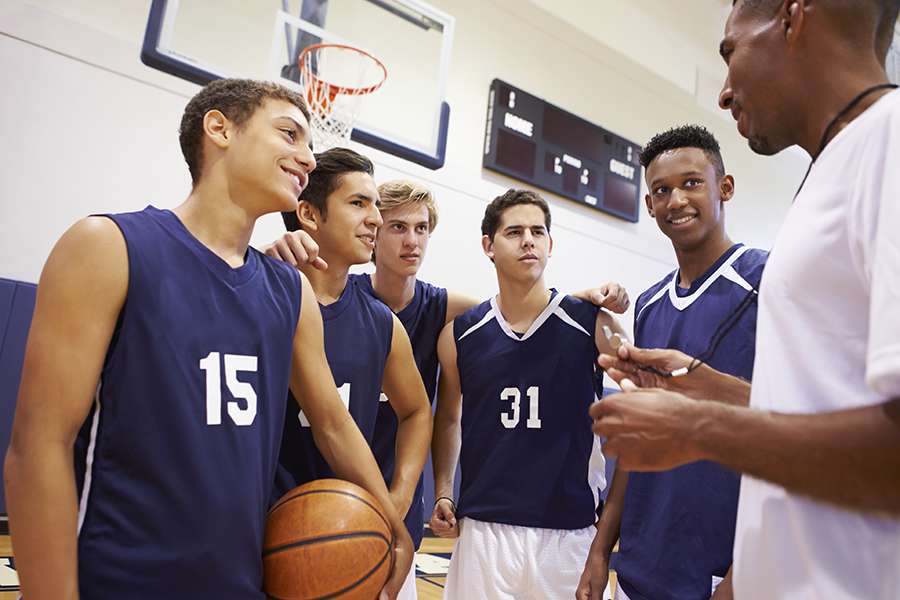Introduction
In the world of sports, communication is a vital pillar that often determines the success or failure of a team. Effective communication extends far beyond just verbal exchanges between players and coaches; it encompasses body language, non-verbal cues, and understanding the dynamics of each teammate. Mastering the art of communication in sports can lead to unparalleled teamwork, improved performance, and lasting success. In this blog post, we will explore the significance of effective communication in sports and offer practical tips for athletes, coaches, and teams to enhance their communication prowess.
- The Power of Clear and Concise Verbal Communication
In the fast-paced environment of sports, time is of the essence. To maximize efficiency on the field, athletes must master clear and concise verbal communication. This means expressing ideas in a manner that is easily understood by teammates, avoiding ambiguity, and using simple language to convey complex strategies. Whether it’s calling out plays, signaling for assistance, or offering encouragement, effective verbal communication is the backbone of team dynamics.
Tip 1: Practice Active Listening
Encourage athletes to actively listen to their teammates during training sessions and games. Active listening fosters better understanding and promotes a sense of camaraderie among players.
Tip 2: Develop a Common Vocabulary
Teams should establish a shared vocabulary for specific moves, plays, and strategies. This common language facilitates seamless communication during high-pressure situations.
- Mastering Non-Verbal Communication
Non-verbal cues, such as gestures, eye contact, and body language, play a significant role in sports communication. Athletes often rely on non-verbal signals to coordinate their movements and maintain an edge over opponents.
Tip 3: Emphasize Body Language Awareness
Coaches should guide athletes to be mindful of their body language, as it can communicate confidence, determination, or even vulnerability. Positive body language inspires trust and motivates teammates.
Tip 4: Eye Contact and Trust
Eye contact fosters a deeper connection between athletes and is crucial during high-stress moments. Instilling trust among teammates through eye contact can boost confidence and lead to improved performance.
- Effective Communication in Leadership and Coaching
Coaches are not only responsible for devising game strategies but also for fostering a culture of effective communication within the team. A coach’s communication style can significantly impact team dynamics and performance.
Tip 5: Be Approachable and Open-Minded
Approachable coaches create an environment where players feel comfortable sharing their thoughts and concerns. Open-mindedness allows for constructive feedback and continuous improvement.
Tip 6: Provide Constructive Feedback
Feedback is an essential aspect of communication. Coaches should offer constructive criticism to athletes while highlighting their strengths, encouraging growth, and promoting a positive atmosphere.
Conclusion
In conclusion, the art of effective communication in sports is an invaluable asset that can elevate a team to new heights. Through clear and concise verbal communication, mastery of non-verbal cues, and nurturing effective leadership, athletes and coaches can cultivate an environment where every player feels valued and understood. As communication strengthens, so does teamwork, and with strengthened teamwork comes unparalleled performance and success both on and off the field. By adopting these communication strategies, athletes and teams can unlock their full potential and excel in the competitive world of sports.






Leave a Reply